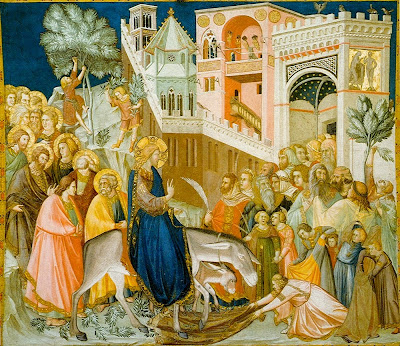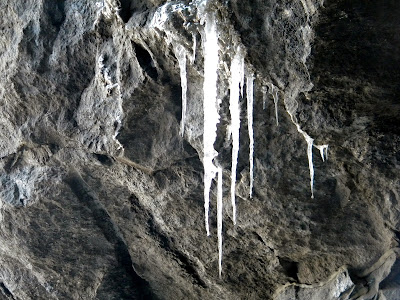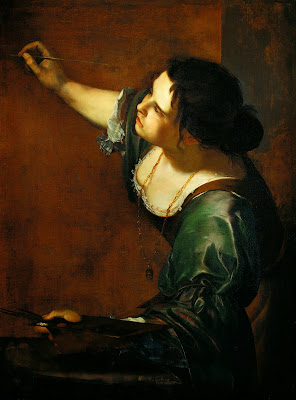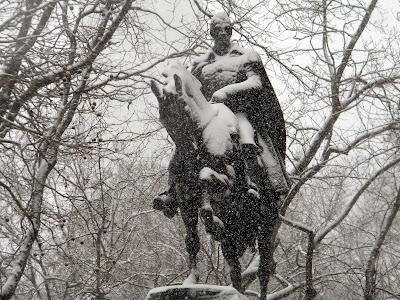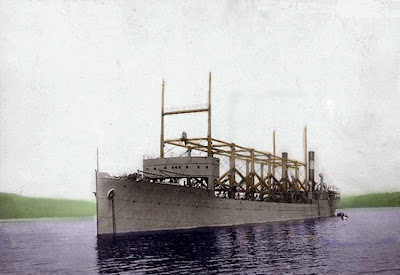Latin American Heroes. This bronze equestrian statue depicts Argentine general José de San Martín (1778–1850), who helped Argentina, Chile, and Peru gain independence from the Spanish in the early part of the 19th century. The statue is a replica of a work by French sculptor Louis Joseph Daumas (1801–1887) dating to 1862. The original is in Buenos Aires.
In 1950 the City of Buenos Aires gave this piece to the City of New York, in exchange for a statue previously sent to Argentina of General George Washington to whom San Martín is often compared. The monument was dedicated on May 25, 1951 on a pedestal of polished black granite designed by the noted architectural firm of Clarke & Rapuano.

Sculptor Anna Vaughn Hyatt Huntington (1876–1973) created this bronze equestrian statue depicting Cuban patriot and author José Martí (1853–1895). Her last major work, Hyatt Huntington executed this piece at age 82, and presented the statue as a gift to the Cuban government for presentation to the people of New York City. The Cuban government donated the monument’s dark granite pedestal, which was designed by the architectural firm of Clarke & Rapuano.
Martí campaigned for the liberation of Cuba from Spain and was imprisoned by Spanish authorities in 1868. Fleeing to New York in 1880, he continued to advocate for Cuban freedom while in exile and organized the Cuban Revolutionary Party in 1892. Martí returned to Cuba in 1895, at the beginning of Cuba’s successful fight for independence. The monument depicts a reeling yet resolute Martí after being fatally wounded while atop his horse during the 1895 battle at Dos Rios.
One of a trio of bronze equestrian sculptures representing Latin American leaders, the Simon Bolivar statue commemorates a military general and advocate of Pan-Americanism. Bolivar (1783-1830) is credited with the liberation from Spanish domination of Venezuela, Colombia, Ecuador, Peru, Bolivia, and Panama.
In 1916, the Venezuelan government sponsored a worldwide competition to select a sculptor to render Bolivar. From 20 entrants, the committee selected Sally James Farnham (1876-1943). Farnham’s statue depicts Bolivar in full military dress upon his steed, which has its hoofs in the air. The sculpture was dedicated at Bolivar Hill on April 19, 1921. United States President Warren G. Harding (1865-1923), who spoke at the event, used the occasion to deliver a major policy address in which he urged greater cooperation between North and South America.
Latin American Heroes. Today in Central Park #NYC image/editing/sookietex More about this image and story at Public Domain Clip Art - http://publicdomainclip-art.blogspot.com/2015/03/latin-american-heroes.html
One of a trio of bronze equestrian sculptures representing Latin American leaders, the Simon Bolivar statue commemorates a military general and advocate of Pan-Americanism. Bolivar (1783-1830) is credited with the liberation from Spanish domination of Venezuela, Colombia, Ecuador, Peru, Bolivia, and Panama.
In 1916, the Venezuelan government sponsored a worldwide competition to select a sculptor to render Bolivar. From 20 entrants, the committee selected Sally James Farnham (1876-1943). Farnham’s statue depicts Bolivar in full military dress upon his steed, which has its hoofs in the air.
Sculptor Anna Vaughn Hyatt Huntington (1876–1973) created this bronze equestrian statue depicting Cuban patriot and author José Martí (1853–1895). The Cuban government donated the monument’s dark granite pedestal, which was designed by the architectural firm of Clarke & Italian.
Martí campaigned for the liberation of Cuba from Spain and was imprisoned by Spanish authorities in 1868. Fleeing to New York in 1880, he continued to advocate for Cuban freedom while in exile and organized the Cuban Revolutionary Party in 1892. Martí returned to Cuba in 1895, at the beginning of Cuba’s successful fight for independence. The monument depicts a reeling yet resolute Martí after being fatally wounded while atop his horse during the 1895 battle at Dos Rios.
This bronze equestrian statue depicts Argentine general José de San Martín (1778–1850), who helped Argentina, Chile, and Peru gain independence from the Spanish in the early part of the 19th century. The statue is a replica of a work by French sculptor Louis Joseph Daumas (1801–1887) dating to 1862. The original is in Buenos Aires.










